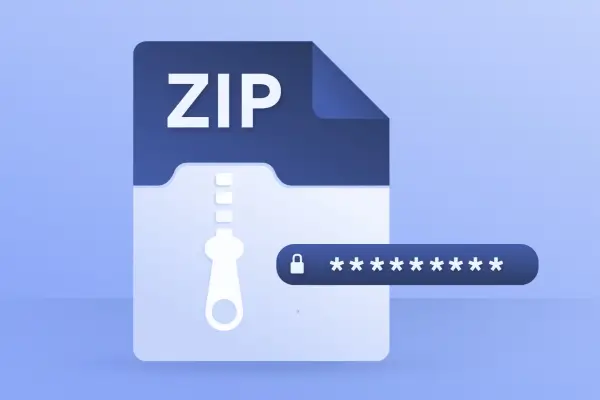NTFS is the successor of FAT and provides many enhanced security features like allocation of file and folder permission to block access to other users on the same computer.
The allocation of file and folder rights can be quite complex to implement for lay users. An easier way is to use NTFS Permissions Tool. It is a portable software for easily assigning file and folder permissions to restrict access to novice or problematic users from accessing your data (e.g. on a shared computer). For example, you may have an account by the name of Deb and would like to block Jane from accessing important office files (who uses the same computer with the Jane username). See the below guide to understand the simple steps to restrict file and folder access to other users on the same computer.
Drag and drop files to the main interface to begin allocating user rights.
Select a user from the drop down list (e.g. username Jane) and the right click on the file or folder to select Allow, Deny or Read only to assign access rights.
If you are new to NTFS permissions, make sure that you do not choose “Allow” for “Everyone”, unless you want to make a file or folder available to all users which access the system.
Since NTFS permissions are quite advanced by nature, therefore, you can access the in depth options (optionally) by double clicking on any document. The advanced options provide options to allocate rights according to default and user created groups on the NTFS drive. You can assign objects to specific groups (e.g. Everyone or Home Users group) to allow or deny file or folder permissions.
You can further refine settings by managing user rights to the sub-folder level and access control entries, create empty DACL (Discretionary Access Control), etc.
NTFS Permissions Tool works on
- Windows XP
- Windows Vista
- Windows 7
Download NTFS Permissions Tool




